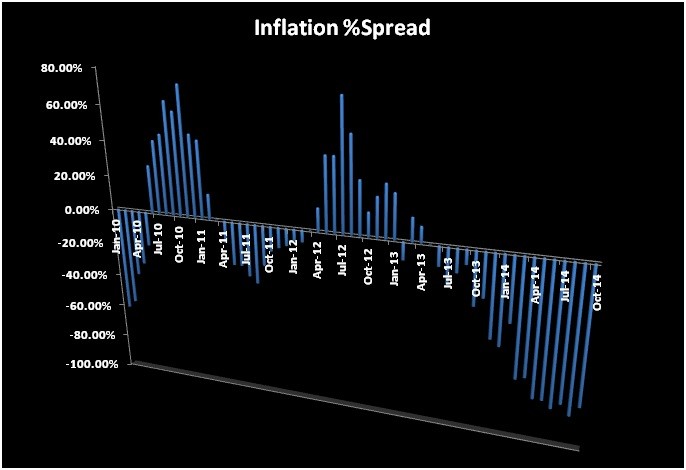Understanding Volatility_1
Post on: 16 Март, 2015 No Comment

Understanding volatility can be crucial to picking funds suitable for clients, says Gavin Counsell.
There are many measures of investment risk, but the most commonly used measure is volatility. While common, it can be open to different interpretations. As fund providers generally measure fund risk by reference to volatility, understanding volatility can be vital to creating suitable client portfolios.
What is volatility?
Volatility illustrates how much an investments price fluctuates and can measure the extent to which actual investment returns differ from expected returns. Typically, volatility is measured in percentage terms and the higher the figure, the higher the investment risk. For example, long-term volatility levels for equities are typically 15-20 per cent a year, while levels for bonds tend to be 5-7 per cent a year. In other words, equities are around three-times more volatile than bonds.
In general, the higher the volatility the higher the expected returns over the long term. So, while equities are generally more volatile than bonds, they should also outperform bonds over the long term. The question is whether a client can cope with roller-coaster returns or prefers smooth returns on the way to their ultimate goal. One point to note is that volatility captures both potential gains and losses over a period. All too often when discussing volatility with clients, they focus far more on possible losses than gains.
Understanding the drivers of volatility for asset classes, and funds, and the potential impact volatility has on returns can allow you to think about a portfolios overall risk more holistically. In turn, this can help construct portfolios for clients targeting returns that are as smooth or volatile as they want.
Fund suitability
It is imperative that you choose funds suitable for clients risk and return investment goals, otherwise you risk falling foul of regulatory requirements under the Retail Distribution Review. Comparing different funds volatilities, and understanding what this means to the risk exposure, is an important step in investing in the appropriate fund. Any fund chosen for a client must meet their risk tolerance at the point of investment and remain so while they hold the fund. This can be done by monitoring the levels of risk within the fund or alternatively choosing a fund that is expected to maintain a managed level of risk.
Conclusion
It is crucial clients choose funds expected to produce risk levels matching their attitude to risk. Understanding volatility and how this could affect a funds performance can be very useful in doing so, helping ensure the most appropriate funds are picked for clients.
Gavin Counsell
Senior Fund Manager
Important Information
Except where stated as otherwise, the source of all information is Aviva Investors as at 21 May 2014.
Any opinions expressed are based on the views of Aviva Investors and they should not be relied upon as indicating any guarantee of return from an investment managed by Aviva Investors. No part of this document is intended to constitute advice or recommendations of any nature. Past performance is not a guide to the future.
Aviva Investors refers to Aviva Investors Global Services Limited, the Investment Manager. The Investment Manager manages the Mission Portfolios range of funds on a daily basis making and implementing all portfolio decisions.
Investment in the Mission Portfolios range of funds is provided by Aviva Investors UK Fund Services Limited, the Authorised Fund Manager.














